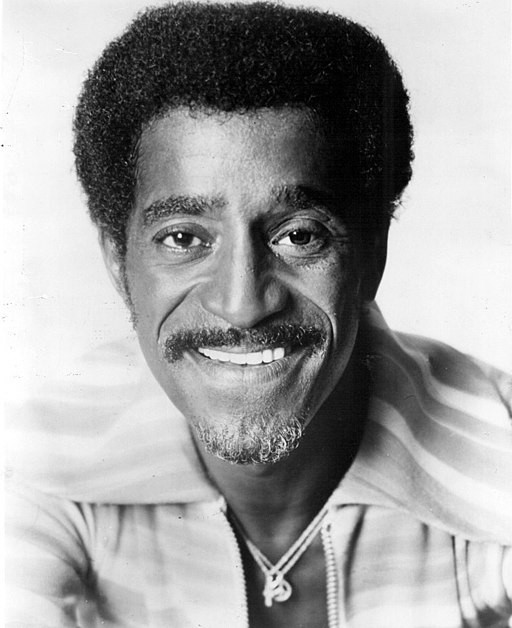“Mr. Bojangles” is a song that resonates with many, telling a poignant story that goes beyond its catchy melody. Penned by country singer-songwriter Jerry Jeff Walker, the inspiration for this timeless tune came from an encounter with a street performer in a New Orleans jail cell in 1965. This chance meeting sparked a song that would be interpreted and loved across genres, most notably by Sammy Davis Jr. and The Nitty Gritty Dirt Band. Let’s delve into the captivating history of the “Bojangles Song” and uncover the layers of its meaning.
The genesis of “Mr. Bojangles” is as intriguing as the song itself. Jerry Jeff Walker found himself in a New Orleans jail for public intoxication. It was there he met an older white man who regaled him with stories of his travels, his life, and his beloved dog who had recently passed away. To lighten the mood and perhaps mask his sadness, the man also performed a tap dance. When Walker inquired about his name, the man simply replied he went by “Bojangles” to avoid revealing his true identity, especially to the authorities. This encounter deeply affected Walker, who saw in this nameless performer a spirit of resilience and a way to cope with hardship through storytelling and performance.
 Sammy Davis Jr. performing in 1972
Sammy Davis Jr. performing in 1972
Inspired by this enigmatic “Mr. Bojangles,” Walker penned the song and first recorded it in 1968. While Walker’s original version achieved modest success on country charts, the song truly took flight when other artists discovered its depth and potential. Two covers, in particular, propelled “Mr. Bojangles” into popular consciousness: those by Sammy Davis Jr. and The Nitty Gritty Dirt Band.
Sammy Davis Jr., a dynamic entertainer who broke barriers throughout his career, brought a unique and deeply personal dimension to “Mr. Bojangles”. Davis Jr., known for his soulful voice and charismatic stage presence, and a member of the famed Rat Pack, recorded his rendition in 1972. He infused the song with a jazzy, soulful feel that resonated with a broader audience. More significantly, Davis Jr. subtly altered some lyrics to mirror his own experiences as a performer navigating a world marked by prejudice. For instance, he modified the lines to emphasize the dance and the performer’s worn shoes, highlighting the dedication and artistry inherent in the craft. This personal touch transformed “Mr. Bojangles” into not just a story about a stranger in jail, but a reflection on the life of a performer, imbued with both joy and weariness. Davis Jr.’s version became a massive hit and is arguably the definitive performance of the “bojangles song” for many.
In contrast, The Nitty Gritty Dirt Band, a country rock group known for their genre-blending sound, offered a different, yet equally compelling interpretation of “Mr. Bojangles”. Their 1970 version leaned into the song’s folk and bluegrass roots. They largely retained Walker’s original lyrics, creating a more narrative-driven and melancholic atmosphere. Adding instruments like the banjo, mandolin, and fiddle, along with rich harmonies, The Nitty Gritty Dirt Band’s rendition climbed into the top 10 on both pop and country charts, demonstrating the song’s broad appeal across different musical tastes.
Ultimately, the enduring appeal of “Mr. Bojangles” lies in its universality. Whether through the soulful jazz of Sammy Davis Jr. or the folk sensibilities of The Nitty Gritty Dirt Band, the “bojangles song” transcends genre and speaks to fundamental human emotions. It’s a story of resilience in the face of hardship, the bittersweet nature of memory, and the power of human connection, even in the most unlikely of circumstances. “Mr. Bojangles” remains a testament to the power of a chance encounter and the lasting impact of a story told in a jail cell, danced out in worn shoes, and sung across generations.

